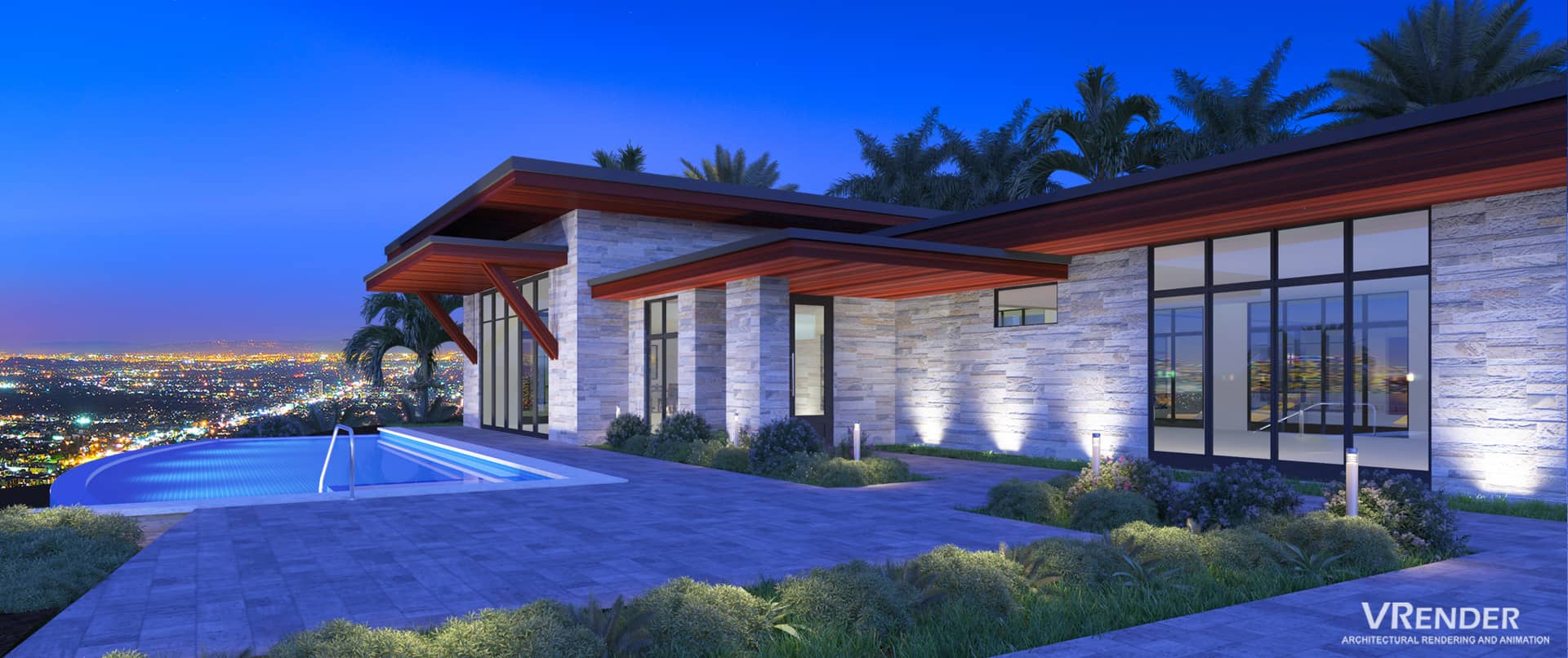
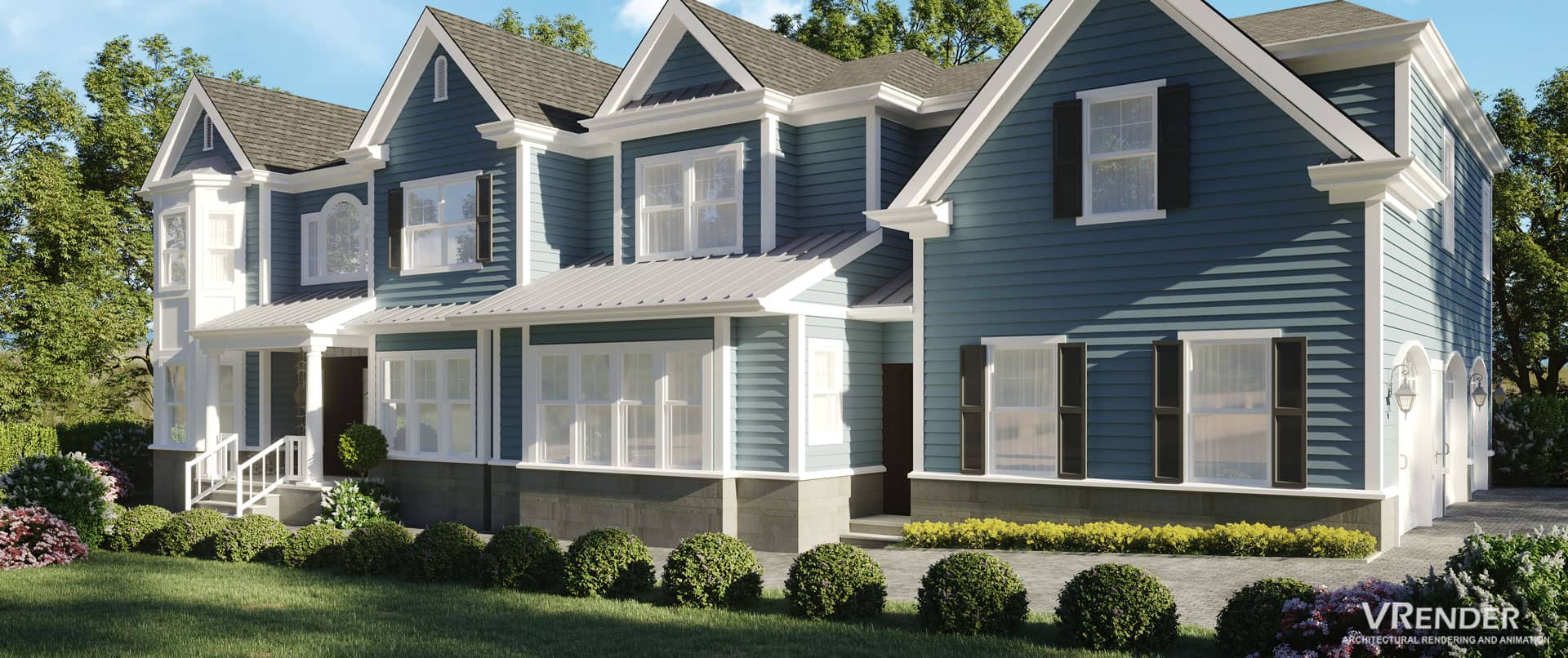
Vrender 3D Rendering and animation services 2023
Vrender-Architectural-3D-rendering-Services_hd
To create something different, we believe on the power of best technology and idea along with unique imagination. We are one of the leading 3D architectural visualization company, providing high quality (HQ) and high definition (HD) 3D rendering and 3D animation for various fields. Almost a Decade ago on the basis of our creativity, we start to make people visualize their imagination and shape the idea into reality.
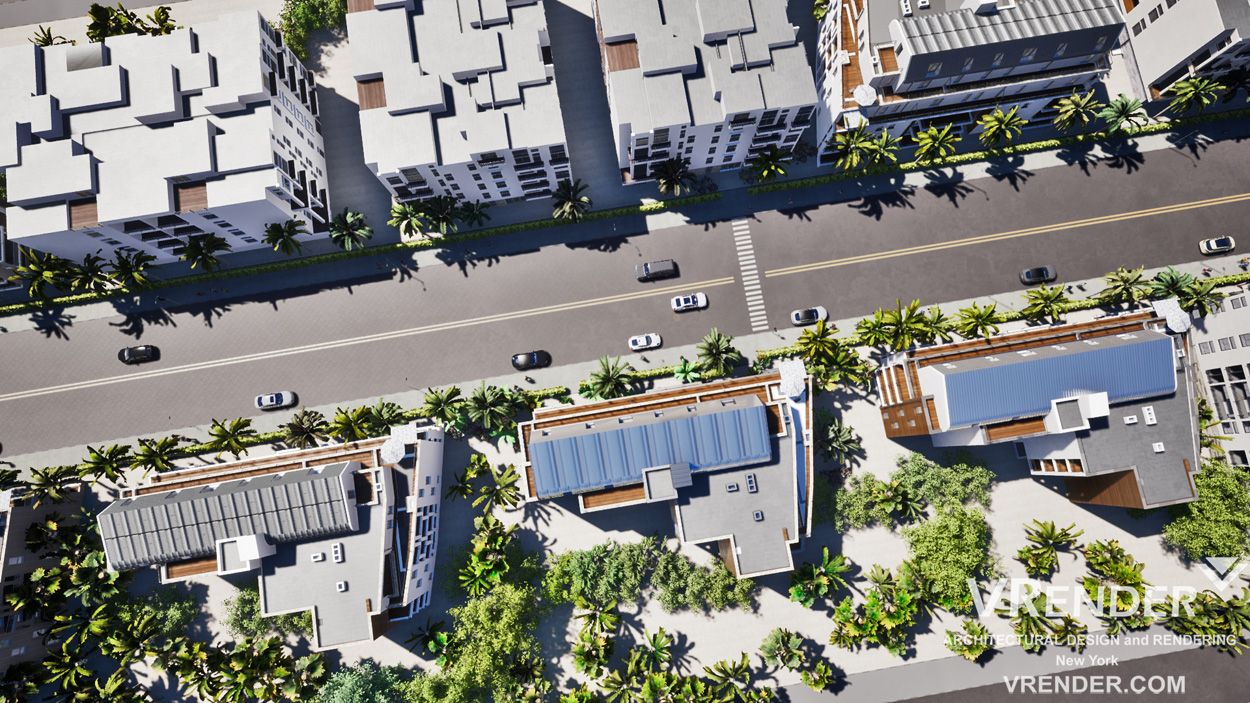 And also We are as one of the top-notch service providers that are engaged in offering Floor plan (2D&3D)service provider to Real-estate market in a huge number of production capacity with unbelievable quality.
And also We are as one of the top-notch service providers that are engaged in offering Floor plan (2D&3D)service provider to Real-estate market in a huge number of production capacity with unbelievable quality.
At Vrender Company, our creative designers work seamlessly to create a perfect balance of stunning design and expert engineering. Our professional and friendly team is here to provide you with flexible, cost-effective and easily accessible 3d rendering services.
We provide services in Birmingham, Montgomery, Huntsville, Mobile, and other Alabama State cities.
We are here to turn your ideas into reality! Our photo-realistic 3d renderings are completed within 4 days and we even offer revisions to ensure all your requirements are fulfilled.
Exterior rendering samples: https://vrender.com/architectural-visualization/
Interior rendering samples: https://vrender.com/interior-visualization/
Walkthrough animation example: https://vrender.com/animation-walkthrough/
We mix art, comfort, and timelessness to make your designs into a living masterpiece. If you have a minute today, please get back to me.
We can also schedule an appointment to discuss about your projects in details.
Vrender Company.
If you want to build a modern house with the best design and a beautiful facade, we can help. Let us tell you a little why we are the best option to do that.
We have long experience in development of architectural plans and official plans for approval of any type of house, residence or modern facade.
Our models can be created based on a photograph, plan, diagram, measurements, any other model, and even simple hand-drawn sketches. Everything you need can be illustrated in a real 3D world. We make images for all types of commercial and residential buildings, such as:
• single story house
• two-story house
• walk-ups and others.
 We create all types of 3D rendering — residential/commercial and outdoor/indoor images. In all our 3D images, we incorporate a high level of detailing including textures, colors, decors, landscaping, furniture, and illumination making our 3D perspectives ones of the best on the market of such services.
We create all types of 3D rendering — residential/commercial and outdoor/indoor images. In all our 3D images, we incorporate a high level of detailing including textures, colors, decors, landscaping, furniture, and illumination making our 3D perspectives ones of the best on the market of such services.
The work that we do is based on the quality of life and aims to cover the wishes of every client based on numerous latest extensive studies about how qualitatively people want to live. We’ll make the luxurious design of your house to make it a pleasant and a comfortable place to live and stay, and to hold full control of your life in this building.
Your ideas combined with our tools are the perfect ingredients for an extraordinary project. Do not start building without having visualizing your idea first. Our focus is to provide you the optimal quality of 3D layout and final look of your house. We are committed to designing highly realistic 3D images displaying every detail with the highest perfection. The images produced by our company add value to each project creating an impression of elegance and modernity. We have already gained an impressing portfolio of realized 3D projects.
Our services include 3D remodeling, 3D rendering, 3D floor plans, exterior rendering, interior rendering, and 3D animation for houses. We give the best quality in architectural rendering. Our company has several years of experience in the 3D rendering and architecture.
The process of the development of 3D rendering of residential houses:
1. The development of basic geometry – the development of the 3D model of the project: walls, floors, windows, doors, etc., taking into account the information provided by the client (plans, photos, and so on).
2. Insertion and accommodation of furniture – we propose furnishing from our extensive 3D library that also has vegetation and the other necessary objects.
3. Lighting testing – simulation of natural lighting from windows and artificial lighting from lamps, spots and so on inside the house.
The cost of every project (to build, remodel, expand or create any design of house or facade) depends on the complexity of the project. In order to offer you any initial price, it is necessary to receive your input data: square meters, approximate budget, sketches and so on. So if you need architectural 3D rendering, please call or email us for further collaboration.
Vrender Company 2017.
In the past, architects were using professional ink pen – rapidographs, creating unique construction projects in specially inclined boards installed vertically at an angle. This painstaking work took maximum care, patience, and perfect accuracy in calculations. The era of global computerization allowed taking another look at the activities in the field of visual design. Software for visualization of the interiors made a breakthrough in the field of architectural design, making life easier for the millions of professionals on the planet.
This review is for three most popular software products of 3D design. The list includes the programs for modeling and visualization of the interior, which became widespread among professionals:
• Cinema 4D;
• Google ScketchUp;
• 3Ds Max.
The user is given the choice to order the 3D visualization or consider the characteristics of the presented programs, to create own unique designs.
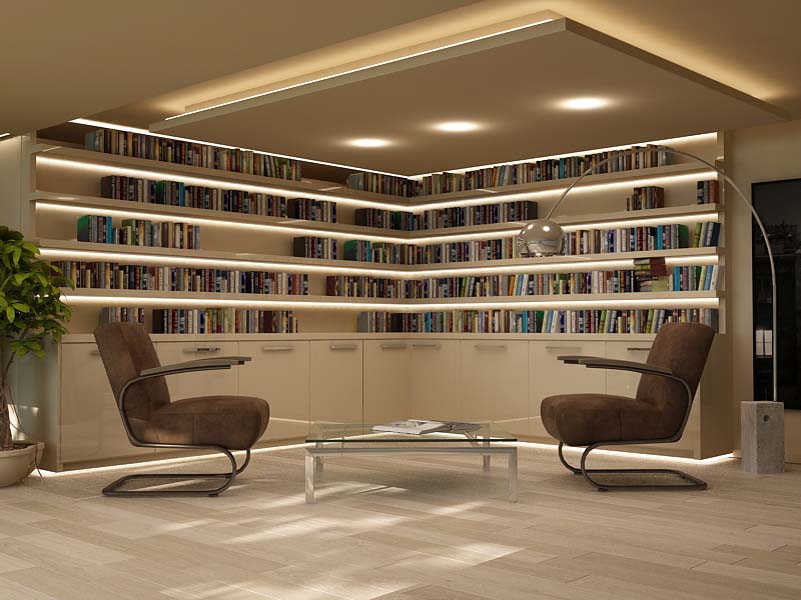
The most attractive for the USA designers is a versatile package for 3D rendering of the interior – Cinema 4D software, from the leading manufacturer for the creation of a three-dimensional animation, graphics, and other effects – the company MAXON Computer GmbH. The product’s advantages already were appreciated by millions of users:
• It has a simple and comprehensive interface;
• It stores a wide variety of “templates”, allowing the use of ready-made animations, embedded images, advanced shaders, so not to create objects “from scratch”;
• It has built-in Russian-language support;
• It can work with third-party renders. The most popular one is Cinema 4D Vray – universal rendering system which has proven itself in all areas of professional visualization;
• 10 additional modules are present: the simulation of the dynamics of hard and soft bodies, particles control using the nodes system, the formation of volumetric (bulk) effects (solar rays, dust, rain) and others. The system has an excellent compatibility with third-party programs such as Adobe After Effects or ArchiCad.
Cinema 4D is the best program for the visualization of the interior according to experts from various fields of professional design, architecture, and building design.
Google ScketchUp – modeling of simple three-dimensional objects
The program for creating interior visualizations, coupled with the renderer named Google ScketchUp Vray, allows designing quickly and efficiently, three-dimensional building objects, furniture, and other interior design elements. It is perfect for imaging objects in architecture, outdoor advertising, landscape design, engineering design, as well as for modeling the objects for 3D printing. The main disadvantage is the limited possibility to deal with more complex problems, for which it is difficult or impossible to:
• build models having complex structural elements;
• give the natural curvature to the objects;
• create accurate detalization.
Google ScketchUp is not suitable for work with voluminous and energy-consuming projects. Looking at the result, it is not difficult for a specialist to understand in what program such visualization of the interior has been made. For example, the shadows look unnatural. Managing raster textures is also impossible. There are no tools for the creation of a full-fledged animation.
Autodesk 3ds Max – modern tool for professionals in the field of multimedia
For designers, studying the programs for the interiors visualization, experts recommend popularized software, allowing to create accurate visualization scenes – 3Ds Max Vray. Built-in Vray rendering is not included in the standard package of 3Ds Max. The features of the system are in editing and creating of professional animation and three-dimensional graphics in the production of movies, games, animation, and videos. The program focuses on the design of complex architectural objects. It has a lot of useful tools:
• photorealistic renderer;
• means for adjusting the illumination and detailed analysis of three-dimensional objects;
• additional modules for generating realistic special effects: explosions, splashes of water and much more.
Considering its shortcomings, it should be noted that the design and visualization of the interior in this program is quite slow. High-tech hardware will be required to create complex three-dimensional structures. Some novice users complain about the difficulty in learning this program, but this product is not designed to work with standard elementary tasks. The programs for visualization of the interior are necessary for effective work of professional engineers and designers.

3D architectural visualization is an important tool for multiple reasons in the architecture, engineering, and construction (AEC) industries. Here are a few of the key points that highlight its significance:
1. Improved Communication: 3D visualizations enable architects and designers to convey their concepts and ideas more effectively to clients, contractors, and stakeholders who may not have technical knowledge. It’s easier to understand a 3D model than technical drawings or blueprints.
2. Design Validation: With 3D models, architects and designers can review and refine their designs before construction begins, allowing them to identify and address potential issues early in the design process.
3. Decision Making: 3D visualizations help clients and decision-makers to better understand the implications of their choices regarding materials, colors, textures, spacing, and overall aesthetics, leading to more informed and confident decisions.
4. Marketing and Sales: Real estate developers and marketers use 3D renderings to promote properties before they are built. This helps in securing pre-sales and attracting investors by showcasing the potential of a project.
5. Project Approval: Detailed 3D renderings can facilitate the process of obtaining necessary approvals and permits from local authorities by providing clear, accurate representations of the proposed structures.
6. Error and Conflict Reduction: Integrating 3D visualization with Building Information Modeling (BIM) can lead to early detection of design conflicts and errors, reducing costly changes and delays during the construction phase.
7. Virtual Reality Integration: The rise of virtual reality (VR) technology allows stakeholders to experience 3D architectural spaces in an immersive way, further enhancing understanding and interaction with design elements.
8. Cost and Time Savings: By identifying design issues before construction starts, 3D visualization can help to avoid costly mistakes and rework, thus saving time and money.
9. Emotional Impact: 3D renderings can create compelling imagery that generates emotional responses from viewers, which can be a powerful tool for winning competitions or convincing clients and investors.
10. Enhanced Collaboration: Since 3D models can be easily shared and reviewed by teams working in different locations, they facilitate better collaboration among architects, engineers, designers, and other professionals.
Overall, 3D architectural visualization has become an indispensable tool in modern design and construction processes, streamlining workflows, improving design quality, and enhancing communication amongst all parties involved in a project.
If you want to demonstrate the important discoveries and use only numbers or dry facts, you should know that sometimes it is not enough. At the same time, a comparison of the results of experiments does not always represent a complete scientific picture. As a rule, theoretical justification requires a visual complement. This is a reason why a large number of academic reports or demonstrations are supplemented with data visualization. The OpenGL library holds a special place in the list of programs for visualizing. In addition, it is used in video games. The interface has more than 250 functions for drawing three-dimensional scenes. The program demonstrates the highest results in computer hardware that works with graphics accelerators.
Finally, 3D rendering makes science more progressive and convenient for scientists and expands their range of interests, so we cannot but rejoice.
3D interior visualization is a digital process where interior space designs are created using 3D modeling and rendering software. This technology is a powerful tool for interior designers, architects, and clients to visualize space layout, decoration, and furniture arrangements before any physical work begins. It provides a realistic depiction of how an interior will look after it has been furnished and finished.
Key features of 3D interior visualization include:
1. Photorealistic Renders: With advanced lighting, materials, and rendering techniques, 3D visualizations can produce images that are virtually indistinguishable from real-life photos. These renders can show accurate light reflections, textures, and how different elements will look under various lighting conditions.
2. Virtual Walkthroughs: Using 3D visualization software, designers can create an interactive virtual tour of the interior. This allows clients to virtually walk through the space and dynamically experience the layout, offering a more immersive understanding than static images.
3. Material and Finish Selection: Clients can preview and compare different materials, finishes, and color schemes. This helps in making informed decisions about the design without having to rely on physical samples or imagination.
4. Space Planning and Layouts: 3D visualization tools provide the ability to experiment with furniture placement, space division.
In the rendering structure, we use algorithms to get a qualitative image. In general, rendering can change vector structure into flat pixels. As a result, a 3D image can be displayed visually as a two-dimensional image on the PC monitor.
One of the most outstanding renders is “3ds Max”. “3ds Max” is universal software because it is used for 3D modeling. In addition, the program is great for computer game design.
You can be sure that 3D visualization is good for interior design. As a rule, it helps you to see the real picture of the future interior. Interior visualization lets you view each element of a house, flat, or furniture. 3D visualization creates the effect of presence. In addition, renders have succeeded in 3D model adaptation and that is why their creations are considered masterpieces.
Preview visualization is a famous and helpful option too. It is mainly used when a customer hesitates and is not sure about some elements of the future house. For example, it can be the color of the wall or wallpaper or some materials’ selection.
Final 3D visualization is the last variant of the interior based on all amended corrections on the stage of preview visualization.
According to the project’s goal, we have rendering in a real-time mode (used in the creation of videos) and pre-rendering which is more convenient for computer games creation. Pre-rendering uses 3D accelerators. The last ones help you to increase the quality of graphics of old computers.
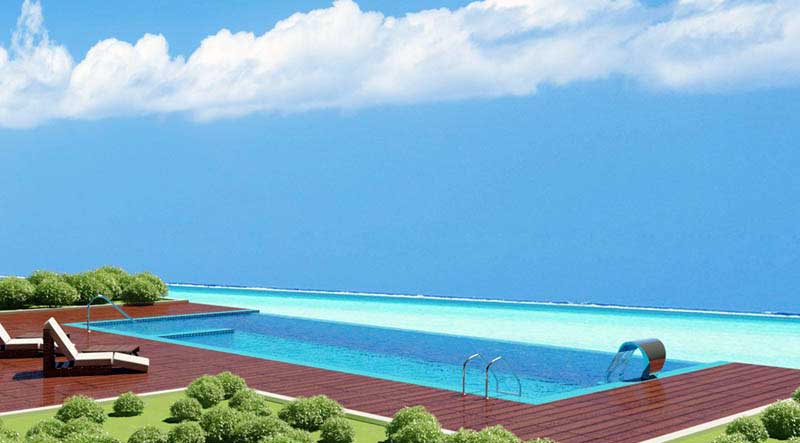
Offering 3D-rendered interior design services brings numerous advantages to both designers and clients. It’s a practice that has significantly transformed the interior design industry, enhancing communication, efficiency, and overall design quality. Here are some key reasons why offering 3D-rendered interior design is beneficial:
In summary, offering 3D rendered interior design is almost a necessity in the modern design landscape. It enhances the entire design process from conceptualization to execution, provides a powerful marketing tool, and ultimately leads to better design outcomes and client satisfaction.
The main objective of visualization is getting an image with volume from modeling. The final variant of the object has an influence on the usage of visualization technology. For example, 3D accelerators are used in the development of computer games. There is also a pre-rendering option for video creation, but it is a relatively slow process of visualization. The programs, which provide visualization by means of computer programs, are named “Renders”. Such programs work with 3D objects’ lighting.
There are many famous leading companies using 3D visualization software.
“Pixar” company has created an application with a programming interface for 3D animation, which is named “Renderman”. The “Renderman” has a great advantage – a simple and convenient interface. This program has been used since the 90s by many other big companies.
There is one more famous rendering system named “V ray” (render) which was made by Bulgarian developers and called themselves “Chaos Group”. “V ray” has a quite big creative and technological prospect. These factors influence speed, success, and the quality of the result.
Finally, “Fryrender” is the most realistic render. Its developers are familiar with the physics that is seen in this render. Fundamental laws of the universe are kept here, indeed.
A computer cluster-render farm is used for making visual effects for a film. Parallel computing systems in render farm save time for video creation. Theoretically, rendering includes a few techniques by means of which you can achieve the needed result.
Rendering makes calculations and the presence of the core algorithm is quite logical there. There is a rendering equation, which theoretically proves the visualization models.
Using 3ds Max and V-Ray for 3D interior rendering is a popular choice among professionals due to the powerful features and realistic output these tools provide. Here’s a basic overview of the process:
3D visualization uses specialized computer programs. Image accuracy will satisfy any client as we use modern computing algorithms letting us draw each detail and catch all tones of colors and textures during the interior construction.
Rendering methods have made a 3D view possible because you can see an interior inside, not only if you look at the model from the top. The view creates the effect of presence. You can look from any side; and catch every detail of the interior that was previously unnoticed. You can also look at any surfaces to estimate their interior decoration. Thus, 3D visualization allows you to achieve perfection in interior design.
By following these steps and continually refining your skills, you can create stunning and realistic interior renders using 3ds Max and V-Ray.
You can set any objects of the interior, choose the variants of their combination, vary with windows and doors’ location, and apply different colors and textures, experiment with lightning for interior decoration through to each detail.
3D interior rendering is a process that transforms architectural designs into digital images, offering a lifelike representation of what an interior space will look like after construction or renovation. Here’s a brief overview of key elements in 3D interior rendering:
This process is a blend of technical skill and artistic vision, requiring both an understanding of architectural principles and a keen eye for design aesthetics.


Vrender Company has been in the 3D computer graphics industry for more than 17 years. Our team of professionals uses strategic digital innovations to create realistic animation and renderings of stunning 3D assets. We will bring your thoughts and ideas to life with 3D arts which are of the best quality.
Our options of 3D Walkthrough, VR and Virtual tours offer you views from any angle which gives you an amazingly realistic representation of an idea.
At Vrender, we can take an aerial shot, eye-level view, or ground-level photographic picture of existing conditions and show you how your new structure or modifications simulated in 3D would look as well as indicate the material changes. This can be used for any of your marketing materials or local architectural review board presentations.
Architects, developers and real estate professionals use our company services when they need to have their designs shown to regulatory planning board members. So, instead of having an extremely expensive physical model built, you can trust our cost-effective service with the highest quality standards, portraying the “before and after” views.
A powerful tool that allows architects, real estate developers, and designers to effectively communicate their design concepts to clients, investors, and stakeholders. It provides a realistic preview of how a building will look in its surroundings, helping decision-makers make informed choices and facilitating the marketing and promotional efforts for new developments.
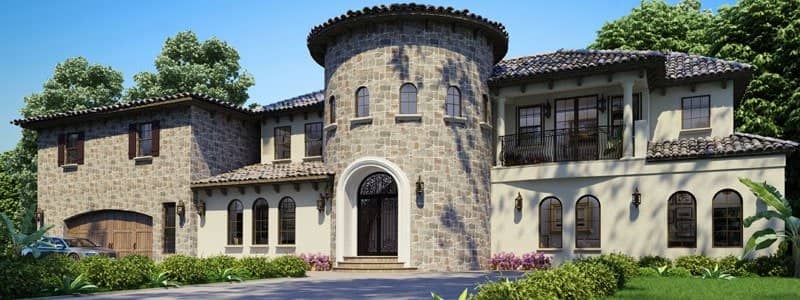
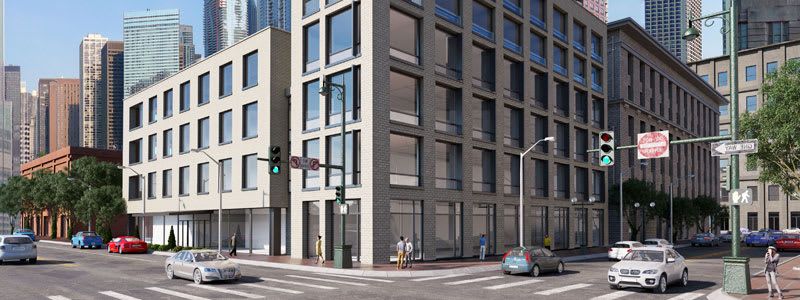
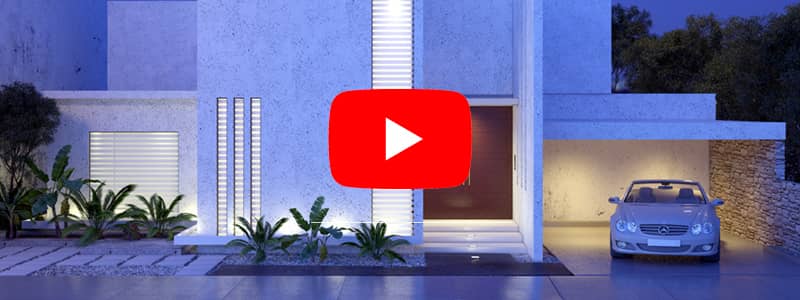
3D ANIMATION / 3D WALKTHROUGH SERVICES
We transform your desires into imaginative conceptual animation to show the landscaping and lighting parameters as well as the number of needed materials.
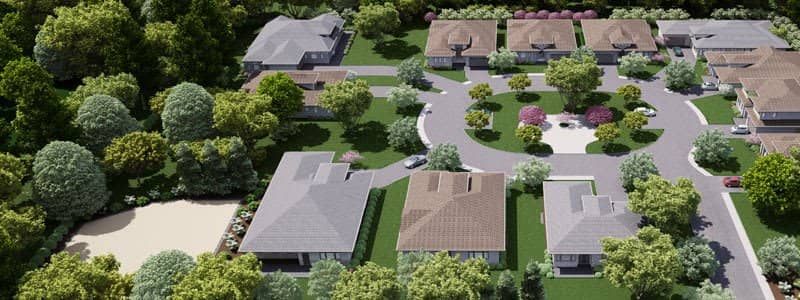
3D visual representation of a site plan is essential for communicating design concepts to clients, city planners, investors, landscape designers, and real estate, as they provide a visual representation of how a specific site will be developed or renovated. They help convey the overall layout, spatial relationships, and design intent of the project.
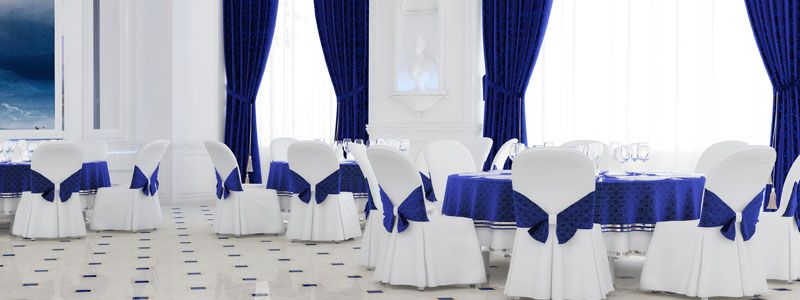
Is a powerful technique used by interior designers, architects, and real estate professionals to create realistic visual representations of interior spaces. These renderings allow stakeholders to experience and understand how a room or space will look and feel once it’s fully designed and furnished.
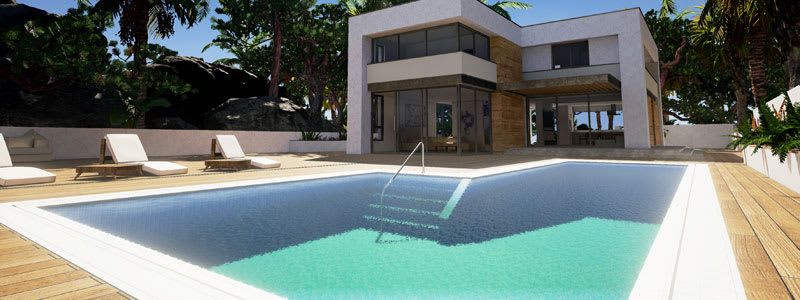
3D rendering plays a crucial role in the real estate industry, enhancing the marketing, visualization, and decision-making processes for various property types, including residential, commercial, and industrial spaces. Is a powerful tool that transforms the way real estate is marketed, visualized, and understood, contributing to better-informed decisions and improved customer experiences.
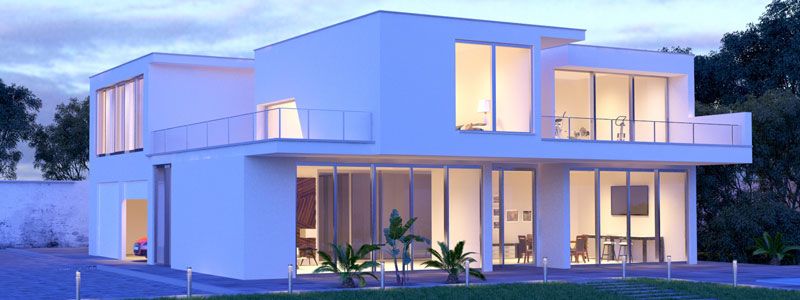
3D rendering is an essential tool for architects that enables them to visually communicate their design concepts, ideas and plans to clients, stakeholders, and other professionals involved in a project.
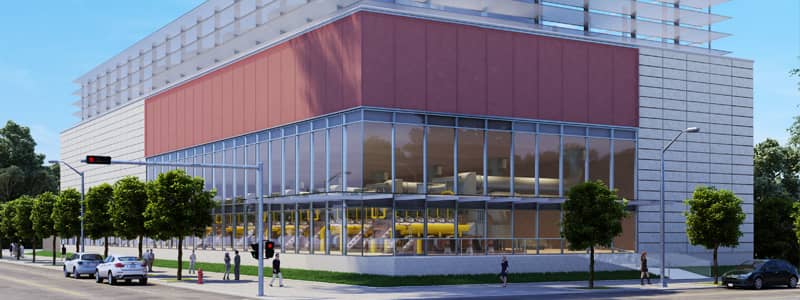
Is a valuable tool used in the manufacturing and industrial sectors to visualize and communicate complex designs, processes, and facilities. It helps convey intricate details, machinery layouts, and operational workflows in a clear and comprehensive manner.
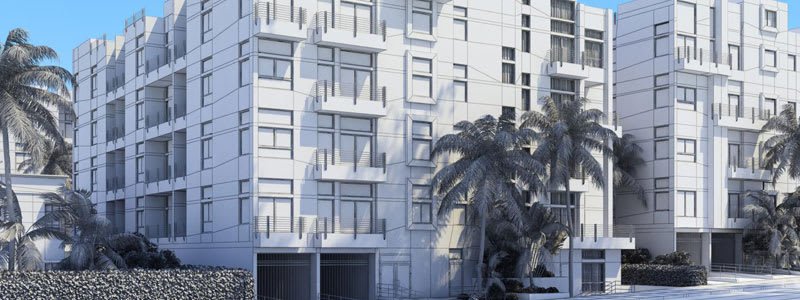
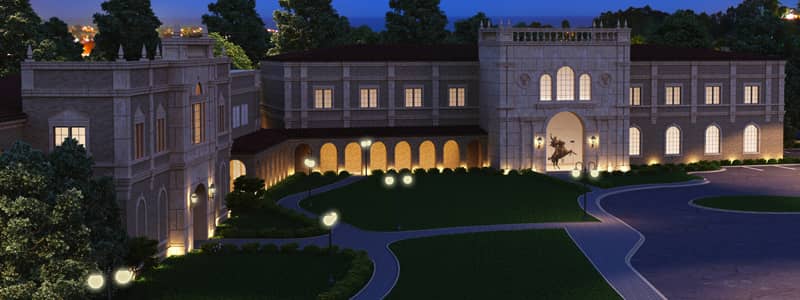
GOVERNMENT AND EDUCATION BUILDINGS AND OFFICES RENDERING
3D rendering plays a pivotal role in enhancing the planning, design, communication, and decision-making processes for government and education buildings and offices, leading to more efficient and successful projects.
HOW TO ORDER 3D ARCHITECTURAL RENDERING SERVICES? IT’S SIMPLE!
In today’s fast-paced world of architectural design, 3D rendering has become an indispensable tool for visualizing projects before they come to life. VRENDER, a leading 3D rendering company, has been at the forefront of this technological revolution since 2007, providing cutting-edge architectural visualization services to clients around the globe. Since our inception, we have been dedicated to pushing the boundaries of what’s possible in architectural image-making, transforming mere visualizations into genuine works of art.
The Art and Science of 3D Rendering
3D rendering is the process of creating photorealistic images or animations of architectural designs using specialized software. It combines elements of design, composition, balance, symmetry, color theory, and an understanding of mood and structure to produce stunning visual representations of yet-to-be-built structures. The level of detail and realism achieved in modern 3D renderings is so high that viewers often need to “check their glasses” to confirm they’re not looking at an actual photograph.
Creating high-quality 3D renderings for architecture and real estate is a complex process that requires a unique blend of skills. Our team of experts combines their knowledge of design principles, composition techniques for 3D products, color balance, scene lighting theory, and structural understanding to produce stunning visual representations of architectural concepts.
Our approach goes beyond mere technical proficiency. We immerse ourselves in each project, delving deep into the core ideas and atmosphere that our clients wish to convey. This holistic understanding allows us to create visualizations that not only showcase the physical attributes of a building but also capture its essence and intended ambiance.
The Vision Behind VRENDER
Founded in 2007 VRENDER has quickly established itself as a premier 3D architectural rendering company. The company’s vision goes beyond mere visualization; it aims to create true works of art that capture the essence and atmosphere of each project. This commitment to excellence has led VRENDER to collaborate with some of the world’s leading architectural and design associations.
Our CEO founded VRENDER with a clear and inspiring vision. He sought to create a platform that would pay homage to the architects and creators who dedicate their lives to developing architectural projects that positively impact the world. This vision has been the driving force behind our company’s growth and success.
A Global Collaborative Approach
As a leading 3D architectural rendering company, we have established strong relationships with top architectural and design studios worldwide. Our work process is characterized by continuous communication and collaboration, ensuring that we fully grasp and accurately represent our client’s visions.
Our services extend beyond traditional 3D visualization to include advanced 3D modeling, virtual reality, animation, experiences, and other cutting-edge methods of architectural presentation. Being at the forefront of this meaningful and impactful process fuels our passion and drives us to continually improve and innovate.
Our Commitment to Photorealism
At VRENDER, we pride ourselves on achieving a high level of photorealism that challenges reality itself. Our renderings are so lifelike that viewers often find themselves doing a double-take, struggling to distinguish between our digital creations and actual photographs. This extraordinary attention to detail and realism is what sets us apart in the competitive landscape of 3D architectural visualization.
What Makes VRENDER Unique?
The VRENDER Difference
What truly sets VRENDER apart is our unwavering commitment to excellence and innovation. We understand that in the fast-paced world of technology, staying ahead of the curve is crucial. That’s why we constantly push ourselves to offer rendering services that not only meet but exceed industry standards.
Our team comprises talented specialists with backgrounds in architecture and design. Each member of our crew views their work not just as a job, but as a calling. This passion for architecture and visualization shines through in every project we undertake.
Our Approach to Projects
At VRENDER, we believe that trust is paramount when working with a 3D architectural visualization company. We begin each project with a thorough analysis, studying references and mood boards to gain a comprehensive understanding of our client’s vision and the project’s objectives. This approach allows us to structure our services efficiently and identify the necessary tasks for each unique project.
VRENDER offers a wide range of 3D rendering services to meet various needs in the architecture and design industries:
Specialized Visualization Services
In addition to these core services, VRENDER also provides more specialized visualization options:
VRENDER also caters services to manufacturers and interior designers offering:
The Importance of 3D Rendering in Modern Architecture and Design
In the past, visualizing architectural designs was a time-consuming process involving hand-drawn sketches and physical models. Today, 3D rendering has revolutionized this aspect of the industry, offering numerous benefits:
When selecting a 3D rendering studio for your project, a strong portfolio is crucial, there are other important factors to consider when selecting a 3D render studio:
The field of 3D rendering is constantly evolving. What was once a groundbreaking technology has now become an essential tool for creators across various industries, including:
As the industry continues to advance, we’re seeing rapid developments in VR and AR technologies, expanding the applications of 3D visualization beyond architecture and design into fields such as game development, and medical simulation.
3D rendering has become an essential tool in architecture, design, and related industries. VRENDER, with its commitment to photorealistic quality and atmospheric renderings, stands at the forefront of this field. By offering a wide range of services and maintaining a focus on client needs, VRENDER continues to push the boundaries of what’s possible in architectural visualization.
Whether you’re an architect, designer, developer, or real estate professional, incorporating high-quality 3D renderings into your workflow can significantly enhance your projects and help bring your visions to life. As the technology continues to evolve, the potential applications for 3D rendering are bound to expand, making it an exciting field to watch in the coming years.
At VRENDER, we strive to excel in all these areas, ensuring a smooth, productive, and satisfying experience for our clients.
In conclusion, VRENDER is more than just a 3D rendering company; we are partners in bringing architectural visions to life. Our commitment to photorealism, artistic excellence, and client satisfaction sets us apart in the world of architectural visualization. Whether you’re an architect, designer, developer, or real estate professional, VRENDER has the expertise and passion to elevate your projects to new heights of visual impact and effectiveness
THE PERFECT 3D PRESENTATION OF YOUR PROJECT
Fast & Affordable Photorealistic Renderings & Animations directly from your files.
Our goal at VRender is to provide you with the highest level of satisfaction while maintaining the affordability and promptness of the services. You are regularly updated with current progress throughout all development stages. As a result of this, our product (output) is innovative, extraordinary, and spectacular.
WHAT KIND OF INPUT DO WE NEED FROM YOU?
Our requirements vary and it also depends on your architect. However, we recommend you to have 2D AutoCAD drawings or at least hard copy blueprints prior to ordering. These can easily be obtained from your architect once your design is ready as most architects understand the importance of having realistic 3D illustrations done on your project. Read more about 3D Rendering process
 Software: Autodesk AutoCAD, Autodesk 3ds Max, Pixologic ZBrush, e-on Vue, Eyeon Fusion, V Render, After Effects, MentalRay, Vray.
Software: Autodesk AutoCAD, Autodesk 3ds Max, Pixologic ZBrush, e-on Vue, Eyeon Fusion, V Render, After Effects, MentalRay, Vray.
PARTNERS / CLIENTS
WHAT ARE 3D RENDERING SERVICES?
3D rendering services involve the process of creating two-dimensional images or animations from three-dimensional models using computer software. This technology is extensively used in various industries, including architecture, interior design, product design, gaming, animation, advertising, and more. The goal of 3D rendering is to visualize and communicate the appearance and characteristics of a 3D model in a realistic and visually compelling manner.
3D architectural visualization services are particularly valuable for professionals who want to showcase their designs or products in a visually compelling way before they are physically realized. For instance, architects can create realistic visualizations of buildings to help clients understand the final outcome, interior designers can showcase their design concepts, and product designers can create lifelike renderings of their products for marketing purposes. As technology advances, the realism and quality of 3D rendering continue to improve, allowing for stunning and immersive visual experiences across a wide range of industries.
FREQUENTLY ASKED QUESTIONS ABOUT 3D ARCHITECTURAL RENDERINGS
NEWS & ARTICLES
